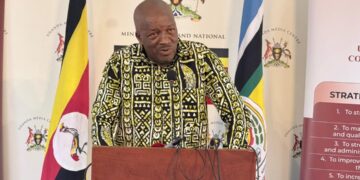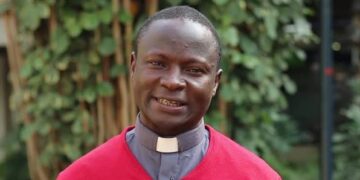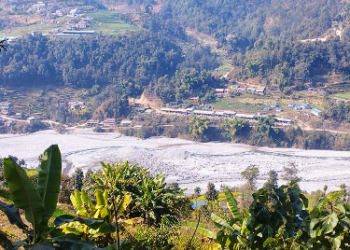OPINION
Recently, the media reported that the government of Uganda set an ambitious growth strategy for the next 15 years called the 10th fold growth strategy. Oil and gas are identified as one of the cornerstones and critical pillars of the strategy, alongside agro-industrialization, tourism and the knowledge, which aims to grow the economy from $50 billion to $500 billion by 2040.
Notably, Uganda’s oil sector has been hailed as a potential engine of economic transformation where the government anticipates that petroleum developments particularly the Tilenga, Kingfisher and East African Crude Oil Pipeline (EACOP) projects will generate revenue to fund infrastructure, energy access and poverty reduction yet, these same projects are controversial because they directly challenge Uganda’s climate commitments under its Nationally Determined Contribution (NDC) which commits the country to reduce emissions by 24.7% by 2030 and shift towards low-carbon development through adoption of renewable energy.
Additionally, speaking during the 2026/2027 National Budget Conference in Kampala in September 2025, Finance Minister Matia Kasaija described the coming years as a turning point for the country’s economic transformation, noting that Uganda’s economy is projected to enter a new growth phase when commercial oil and gas production begins in 2026, with the government eyeing double-digit growth rates for the first time in its history.
This shows that the country has a big national plan (the 10-Fold Growth Strategy) that promises huge economic benefits from oil production such as higher Gross Domestic Product (GDP), more revenue and rapid development. However, the people living in areas where oil projects such as EACOP, Tilenga and others are taking place, are not experiencing these benefits instead, their day-to-day lives show a very different picture because of the inadequate compensation, land grabbing, displacement and disrupted livelihoods. Overdependence on oil could leave oil rich communities trapped in poverty with degraded environments and missed opportunities for alternative development such as renewable energy projects which could have provided more reliable livelihoods.
According to the 2024 AFIEGO’s report, thousands of Project Affected Persons (PAPs) in Bunyoro sub region have already lost land, livelihood sources, cultural sites and economic stability because of oil infrastructure, this dependence poses a deeper social risk. These communities have sacrificed their farms, grazing areas, wetlands and fishing grounds with the expectation of future national and local benefits from oil production. If the global energy transitions reduce the value of Uganda’s oil, oil affected communities may end up carrying permanent losses while receiving little or no long-term benefit.
The government of Uganda should diversify its 10-Fold Growth Strategy by investing more in renewable energy to protect the country from future declines in global oil demand and ensure long-term, stable revenue sources. Expanding renewable energy such as solar mini-grids, wind and modern biomass would not only support rural electrification but also create more sustainable jobs than oil. For frontline communities like Bunyoro and greater Masaka, increased investment in clean energy industries would offer alternative livelihoods, reduce environmental damage and ensure they are not left impoverished if oil revenues fall short of government projections.
Lastly, the Government must ensure fair compensations, sustainable livelihoods, environmental protection, community benefits and diversification beyond oil which aligns the 10-Fold Growth Strategy with real community needs and long term national stability. For God and my country.
By Olive Atuhaire, Environmental defender
Email: atuhaireolivia72.ao@gmail.com







































